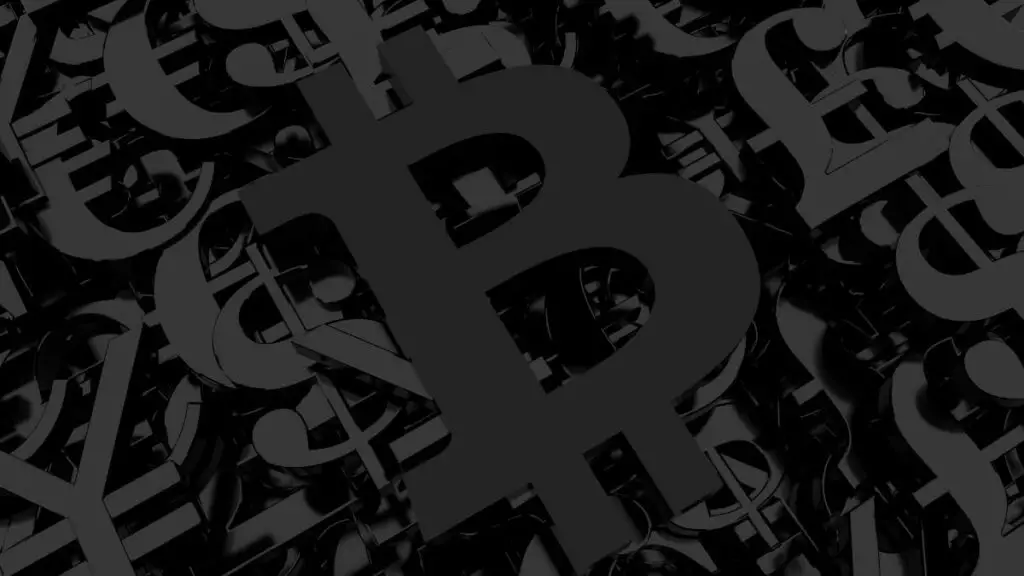While some people criticize jumping on the bandwagon, following the crowd is pretty common in investing. Millions of investors buy blue chip stocks, which are well-known corporations with millions of outstanding stock shares. In relative terms, size implies stability. When you’ve sold a million units of something, it’s implied that your product must be pretty decent. However, news has just come out that just over half of all reported Bitcoin trades may be fake! Allegedly, many cryptocurrency exchanges were artificially inflating the volume of their Bitcoin transactions.
Wash Trading Allegedly to Build Legitimacy
The artificially high volume of trades is believed to be due to wash trading, where traders and brokers either “sell to themselves” or collude with each other. This increases the volume of sales but does not mean there is an increased demand for the product. The Bitcoin exchanges allegedly engage in wash trading to make Bitcoin appear more popular. Although this may not directly increase the value of Bitcoin, it makes it seem to outsiders that more people are invested in the commodity. This can lure in investors who feel that Bitcoin must be achieving legitimacy on par with major stocks.
Investors Should be Aware of Differences Between Stocks and Cryptocurrency
News that a high volume of trades of Bitcoin – the most popular cryptocurrency – is artificial should prompt investors to educate themselves on the differences between crypto and stocks. Currently, cryptocurrency is largely unregulated by governments, which may surprise novice investors. While shares of stock, and the corporations that sell them, have long been regulated by the Securities and Exchange Commission, cryptocurrency is a commodity that is relatively new to the market. As a result, regulators have yet to find the best ways to maintain market fairness and protect both sellers and buyers from various forms of fraud.
Investors should be wary because Bitcoin and other cryptocurrencies can be purchased with apps on smartphones similar to stocks. Some apps let you trade both crypto and stocks, potentially leading investors to believe that the two investments carry the same levels of risk. However, investors should be aware of the fundamental differences between the two: stocks are units of ownership in a corporation, with the value affected by the corporation’s revenue, while cryptocurrency is simply a commodity (thing) like gold or silver. There is no revenue from cryptocurrency.
Personal Finance Education Should Include Crypto and NFTs
Today, personal financial literacy classes at the secondary and post-secondary level cover stocks and bonds. If the curricula have not yet been updated, they should be updated in each state to include new investment opportunities like cryptocurrency and NFTs (non-fungible tokens). New investors are being drawn to these commodities but may have little understanding of them. And, as with Bitcoin, some of the attraction may be a false sense of security due to traders boasting of high volumes of trade.
As new investments become as easy to purchase as swiping on a smartphone, society must have required education at the high school level about them. Otherwise, it is akin to gambling and can cost individuals and families their hard-earned savings. False feelings of security may be one reason many lost their savings in the recent crypto crash – we should prevent that from happening again!

